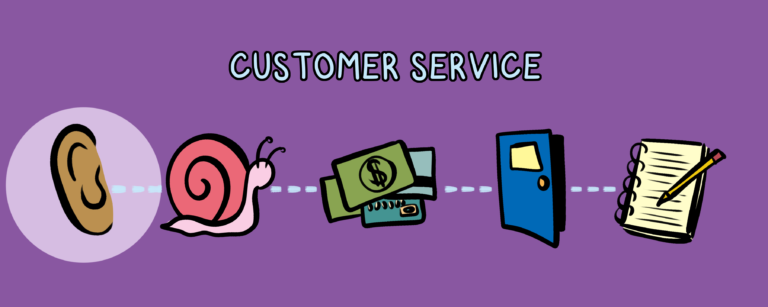Oh hey! Welcome to the community!
The Change
The busyness of a student’s life is impacting community building in our residence dining halls. Twenty years ago, you would see a floor blast a song like “Eye of the Tiger” to start the dinner train that would remind all the residents on the floor that it was time to head down for dinner. It wasn’t unusual to spend an hour or two talking with friends in the dining room. Those behaviors are a thing of the past. More intense academic curriculums, increased involvement requirements, a heightened awareness of finances, and consumption of technology have contributed to our perception of the time we have to eat, be present, and connect with others. David Speight, the Executive Chef & Culinary Director at the University of British Columbia, estimates over 50% of freshmen residence students at UBC take their food to go. “Where are they eating? On the way to class, in class, in their room? None of these options are conducive to healthy eating,” Speight synthesized. By eating on the go and not taking time to pause and connect with others, the mental health and wellness of students may be impacted.
“Mealtimes offer people the opportunity to stop, to stand still psychologically, to reflect on their day and days ahead, and to listen to and interact with others” (source: Mealtimes and Mental Health). Sitting down to eat dinner with others allows our students the opportunity to take a break from the books and the screens, engage in dialogue, and share an experience with someone else.
Impacting the Gen Z Mind
The Gen Z population (born in 1997 and later) has different goals and aspirations than their predecessors. These students have grown up in a world always having internet and “thus have an affinity for texting and messaging on mobile apps or online platforms, sometimes even over in-person, face-to-face communication” (https://info.jkcp.com/blog/generation-z-characteristics). If a student would rather be on their phone than talking to a real person to avoid discomfort, how can we use a dining room to build community? It comes back to the idea that we need to meet students where they’re at. The attention span of gen Zers is only 8 seconds, so institutions need to disperse information in a different way. It’s not enough to give students a welcome packet and hope they read all of the content. The information needs to be presented like an Instagram story – small tidbits that are quickly absorbed and are available on their phone.
Meet Them Where They’re at
We talked to administrators at the University of British Columbia (UBC) to learn what they are doing to address the shift. UBC is working to meet students on their phone and bring them to the dining room from there. Colin Moore, Director of Food Services, suggests that there is an opportunity to create an individual experience and make it an educational opportunity by creating a mobile-first website for their residence dining facilities called Mealviewer. The site allows students to see the offerings at the three residence dining halls at any given time, providing students the ability to “shop around” without having to physically travel to various establishments. The incentive for the student is they can find the food they want when they want it. “Mealviewer allows students to see nutritional information and ingredients for all menus items and select and identify items with allergens and/or dietary preferences,” says Moore. It allows students to shop around and provides transparency regarding the food they are consuming in residence dining. Additionally, Moore hopes the site will enable the students to learn more about the food they’re eating, thereby addressing their concerns about specialized diets, social sustainability, and a greater understanding of what’s in the food they are consuming.
UBC is fortunate that the Food Services team works collaboratively with the Residence Life team. Loriann McGowan, Associate Director of Residence Dining, understands that residence dining can be the core of the community, providing the connection that brings people together. While the Residence Life team works to bring people together in the dining space, the Food Services team provides food and space, and we all know that food is a powerful motivator for students. In fact, when planning a new dining space, members of the Residence Life team were included in the design meetings, ensuring the space was functional for the needs of both groups.
What’s Best?
Speight recommends that Food Services establishments should align their defined food values with that of the institution. In collaboration with Residence Life, Speight says that Food Services departments have a responsibility to educate students about healthy eating, responsible food choices, and concluding that “food literacy is part of the education of a first-year student by participating in a meal plan.” We’ve established that the students want healthy options, comfort foods, personalized menus, and don’t want to be forced to engage with others. As administrators, you know that what the students want is not always what is best for their education, wellness, and transition. Join us for the next part of this series as we delve into the impact of the various types of meal plans, what both the students and administrators believe is best, and discuss ideas about how we can continue to build communities in residence dining halls.
Thanks for being part of our community. We’re glad you’re here.






